

— Blogs —
—Products—
 Consumer hotline +8618073152920
Consumer hotline +8618073152920 WhatsApp:+8615367865107
Address:Room 102, District D, Houhu Industrial Park, Yuelu District, Changsha City, Hunan Province, China
Product knowledge
Time:2025-10-15 13:58:07 Popularity:448
One-Stop Selection Guide: Liquid Level Sensor Selection Guide and Comprehensive Analysis for Any Application
Precise Matching in Complex Conditions: The Challenges of Liquid Level Sensor Selection
From small 10-liter reagent tanks to 1-million-cubic-meter urban reservoirs, different scenarios impose completely varying requirements on sensor accuracy, corrosion resistance, anti-interference capabilities, and maintenance cycles.
Incorrect selection not only leads to measurement errors but can also cause frequent downtime, excessively high maintenance costs, and even safety hazards.
Therefore, a scientific and systematic selection process is the prerequisite for the success of any engineering or procurement project.
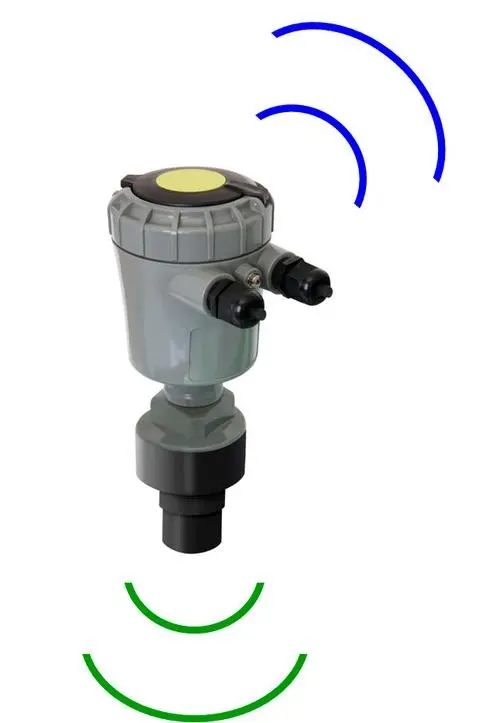
Before comparing different technology types, you must first clarify your application conditions:
The corrosiveness (pH), temperature, viscosity, and density variations of the medium, as well as the presence of foam or steam, directly affect the measurement method and sensor material selection.
Determine the tank height and shape, and specify the required absolute accuracy (e.g., ±1 mm) and relative accuracy.
Including internal tank pressure, agitation, tank wall obstacles, and external temperature. Different environments may cause attenuation of ultrasonic or radar signals.
Do you need continuous signals (4–20 mA), digital communication (Modbus, RS485), or IoT wireless transmission? Different interfaces will impact subsequent system integration and costs.
Not only consider the purchase price, but also evaluate maintenance frequency, spare parts replacement, sensor lifespan, and hidden losses from downtime due to failures. TCO is the ultimate standard for economic evaluation.
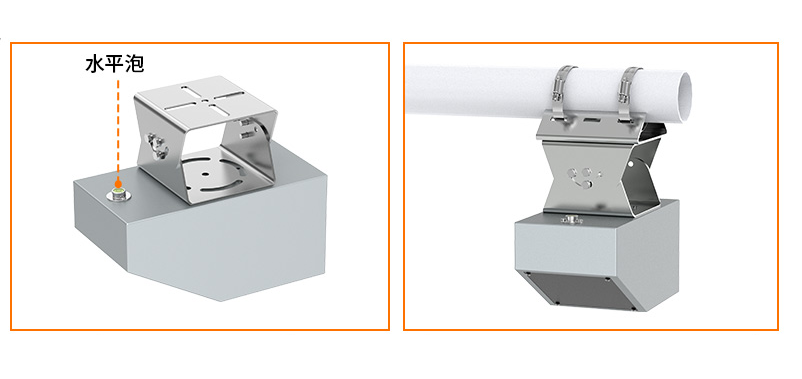
| Technology Type | Core Principle | Advantages | Typical Application Scenarios | Limitations and Optimization Solutions |
| Hydrostatic | Converts liquid column pressure to level | Simple structure, high reliability, suitable for deep water | Deep wells, reservoirs, groundwater monitoring, constant-density industrial water tanks | Contact type, prone to clogging, requires compensation for density changes |
| Ultrasonic | Measures sound wave propagation time | Non-contact, cost-effective, easy installation and maintenance | Corrosive reagent tanks, small water tanks, sewage pools | Susceptible to temperature, steam, or foam interference; can add temperature compensation/guide tube |
| Radar (FMCW) | Analyzes time or frequency difference of microwave signals | Extremely high accuracy, strong anti-interference, unaffected by temperature and pressure | Chemical storage tanks, high-pressure tanks, steam or foam environments | Higher cost; high-frequency solution needed for low-dielectric liquids |
| Float/Ball Float | Mechanical action driven by buoyancy | Low cost, simple and reliable, unaffected by water quality | Small oil tanks, level alarms, limit control | Only provides switch signals, prone to sticking in viscous liquids |
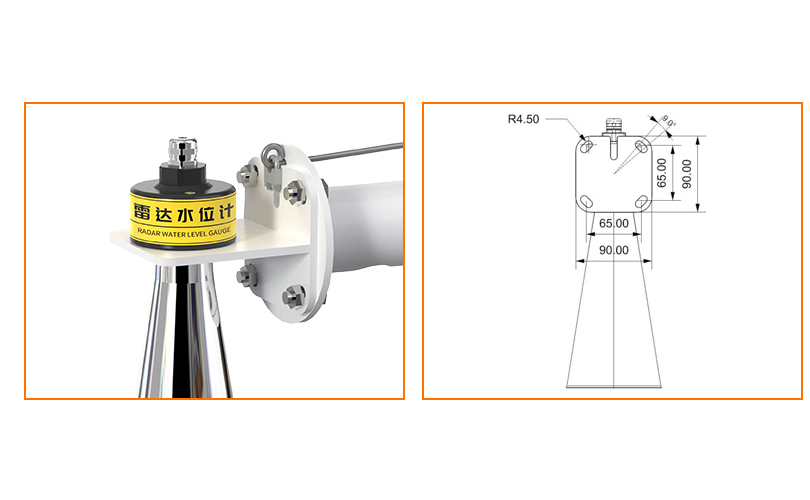
Strategy: Prioritize non-contact measurement.
Recommendation: PTFE-housed ultrasonic level meters or non-contact radar. If using hydrostatic, the probe material should be ceramic or Hastelloy, with enhanced protection and regular cleaning.
Strategy: Avoid probe buildup or scaling.
Recommendation: Guided wave radar or ultrasonic with self-cleaning function. Hydrostatic and float types have lower reliability.
Strategy: Choose physical ranging technologies unaffected by temperature or pressure.
Recommendation: Radar or guided wave radar (accuracy up to ±1 mm).
Strategy: Require high protection rating and anti-environmental interference capability.
Recommendation: IP68 hydrostatic sensors or wind- and sun-resistant ultrasonic level meters, supplemented with lightning protection and temperature compensation modules.
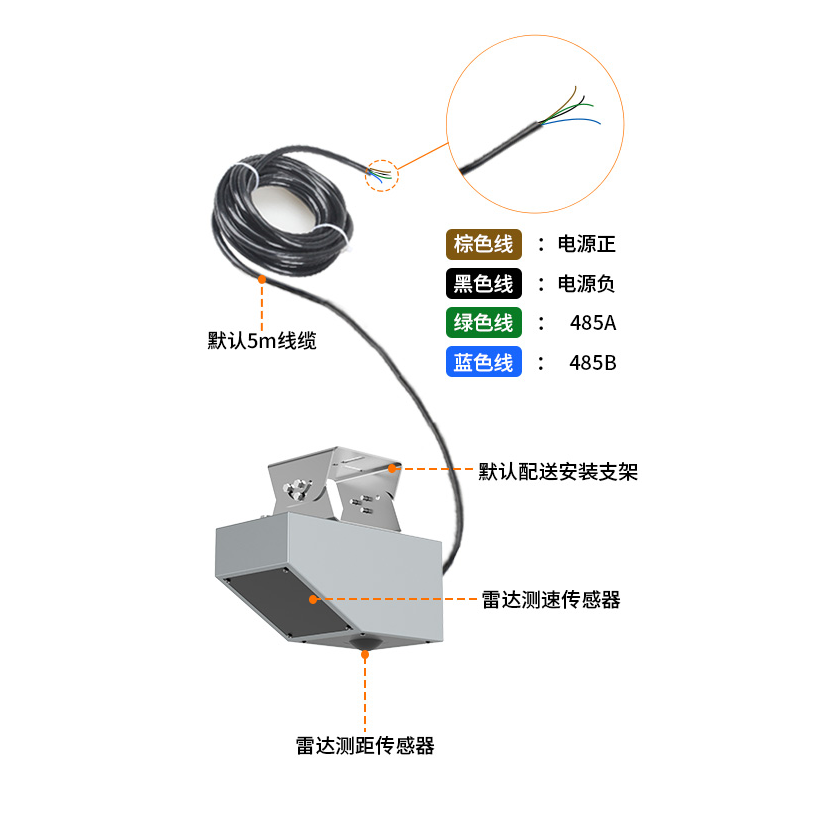
Project Background: Level monitoring for the balance tank in a pure water system at an electronics factory.
Condition Features: High-purity DI water (low dielectric constant), requiring ±5 mm accuracy, and zero maintenance within 5 years.
- Hydrostatic → Risk of contact contamination
- Ultrasonic → Accuracy affected by steam
- Radar → Higher cost
NiuBoL Decision: Select high-frequency guided wave radar level meter.
- Unaffected by dielectric constant
- Optional sanitary-grade stainless steel probe
- High accuracy, zero maintenance cycle
From a Total Cost of Ownership (TCO) perspective, although the initial investment is higher, it offers the lowest 5-year cost and highest reliability.
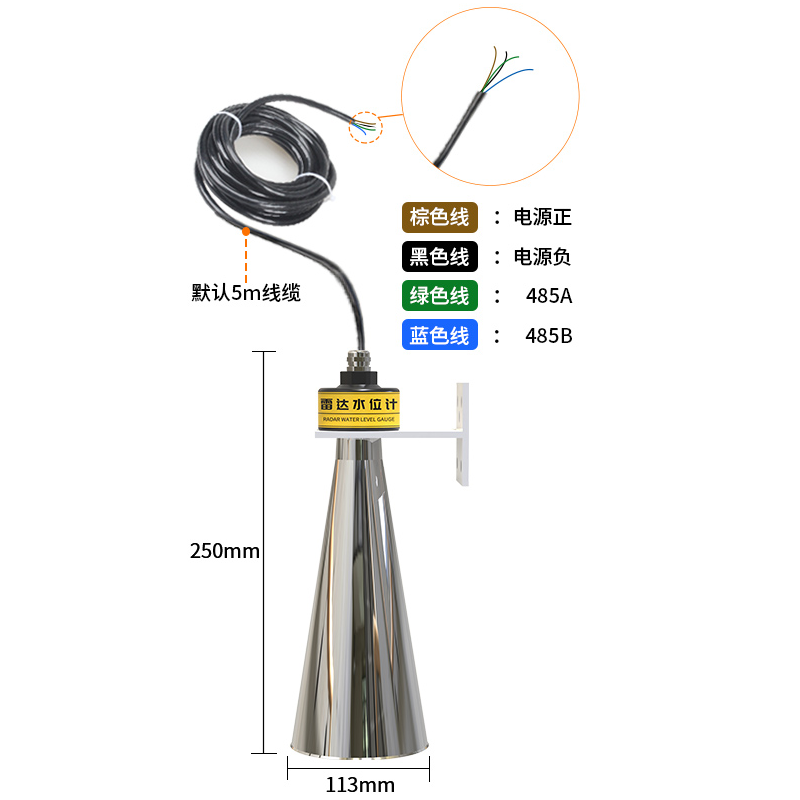
At NiuBoL, we not only provide a full range of liquid level sensor products but also offer professional selection consulting services based on over a decade of industry experience.
Whether your conditions involve chemical storage tanks, agricultural irrigation, water treatment, or environmental monitoring, we can match the optimal solution based on medium characteristics + cost analysis + TCO model.
Avoid long-term losses from incorrect selection. Contact us immediately, and let our expert team provide you with a dedicated liquid level sensor selection report.
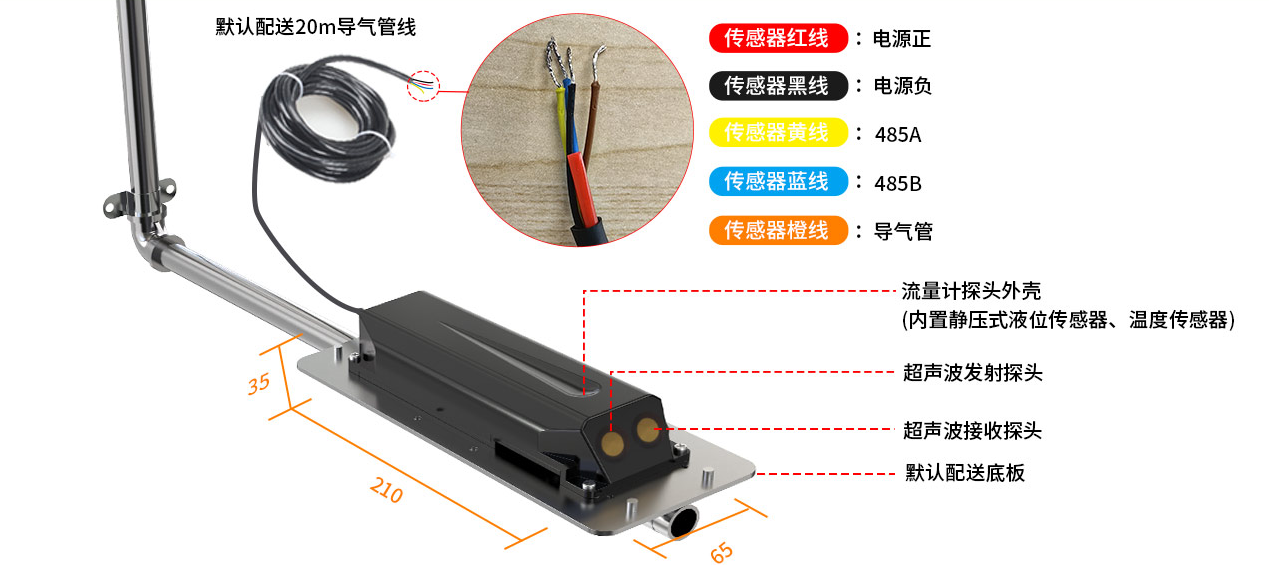
A: TCO = Purchase Cost + Operating Costs.
Operating costs include: maintenance, spare parts replacement, lifecycle, and downtime losses. Non-contact radar typically has the lowest long-term TCO.
A:
- Guided Wave Radar: Signal travels along the probe, strong anti-interference.
- Hydrostatic: Installed at the tank bottom, unaffected by internal structures.
- Ultrasonic/Radar: Can be installed in a stilling well to isolate interference.
A: Digital signals are the future trend. Modbus can transmit multiple parameters like level, temperature, and status simultaneously, with strong anti-interference and easy IoT platform integration.
Traditional 4–20 mA is more suitable for point-to-point basic control systems.
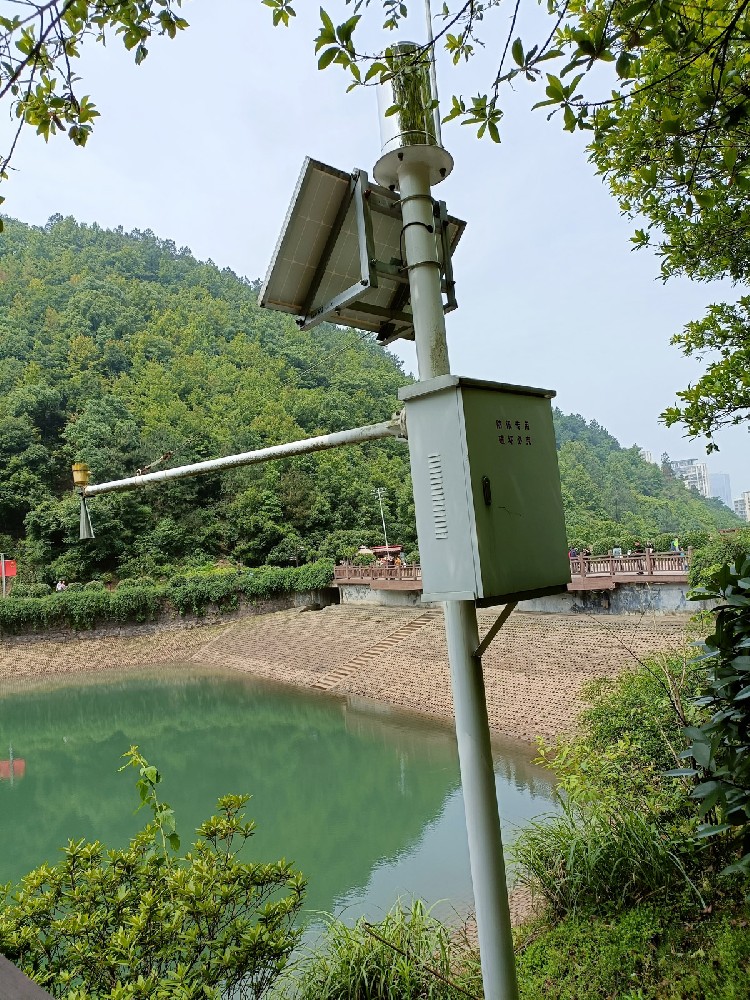
Precise selection is not a game of guesswork but a "data-driven decision." NiuBoL bases its approach on real conditions, using technology and experience to help customers reduce costs and enhance system reliability. Contact us to obtain your dedicated liquid level sensor selection scheme.
Prev:Why Smart Agriculture Needs More IoT Sensors
Next:Pros and Cons Analysis of Ultrasonic Water Level Sensors
Related recommendations
Sensors & Weather Stations Catalog
Agriculture Sensors and Weather Stations Catalog-NiuBoL.pdf
Weather Stations Catalog-NiuBoL.pdf
Related products
 Combined air temperature and relative humidity sensor
Combined air temperature and relative humidity sensor Soil Moisture Temperature sensor for irrigation
Soil Moisture Temperature sensor for irrigation Soil pH sensor RS485 soil Testing instrument soil ph meter for agriculture
Soil pH sensor RS485 soil Testing instrument soil ph meter for agriculture Wind Speed sensor Output Modbus/RS485/Analog/0-5V/4-20mA
Wind Speed sensor Output Modbus/RS485/Analog/0-5V/4-20mA Tipping bucket rain gauge for weather monitoring auto rainfall sensor RS485/Outdoor/stainless steel
Tipping bucket rain gauge for weather monitoring auto rainfall sensor RS485/Outdoor/stainless steel Pyranometer Solar Radiation Sensor 4-20mA/RS485
Pyranometer Solar Radiation Sensor 4-20mA/RS485
Screenshot, WhatsApp to identify the QR code
WhatsApp number:+8615367865107
(Click on WhatsApp to copy and add friends)
